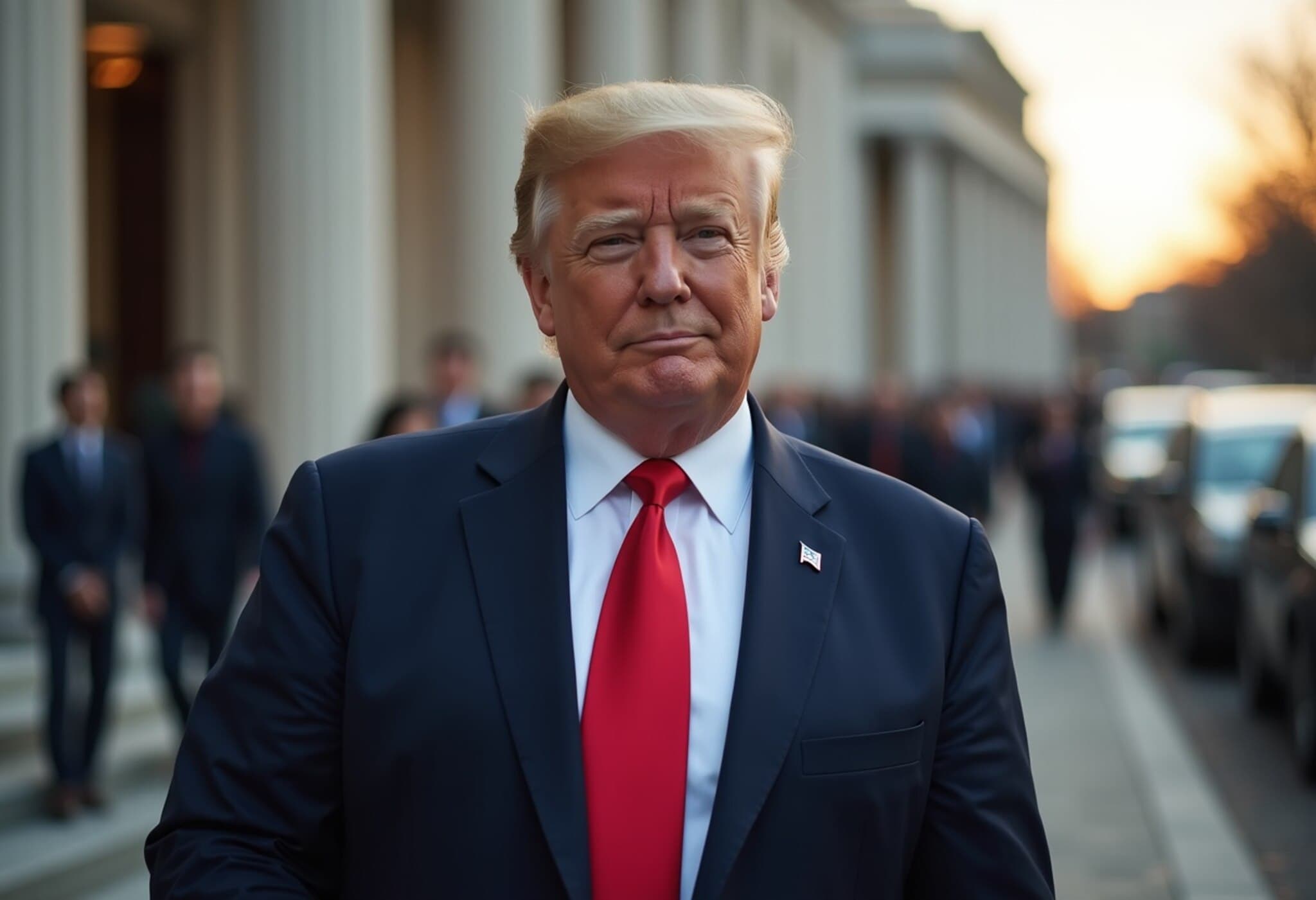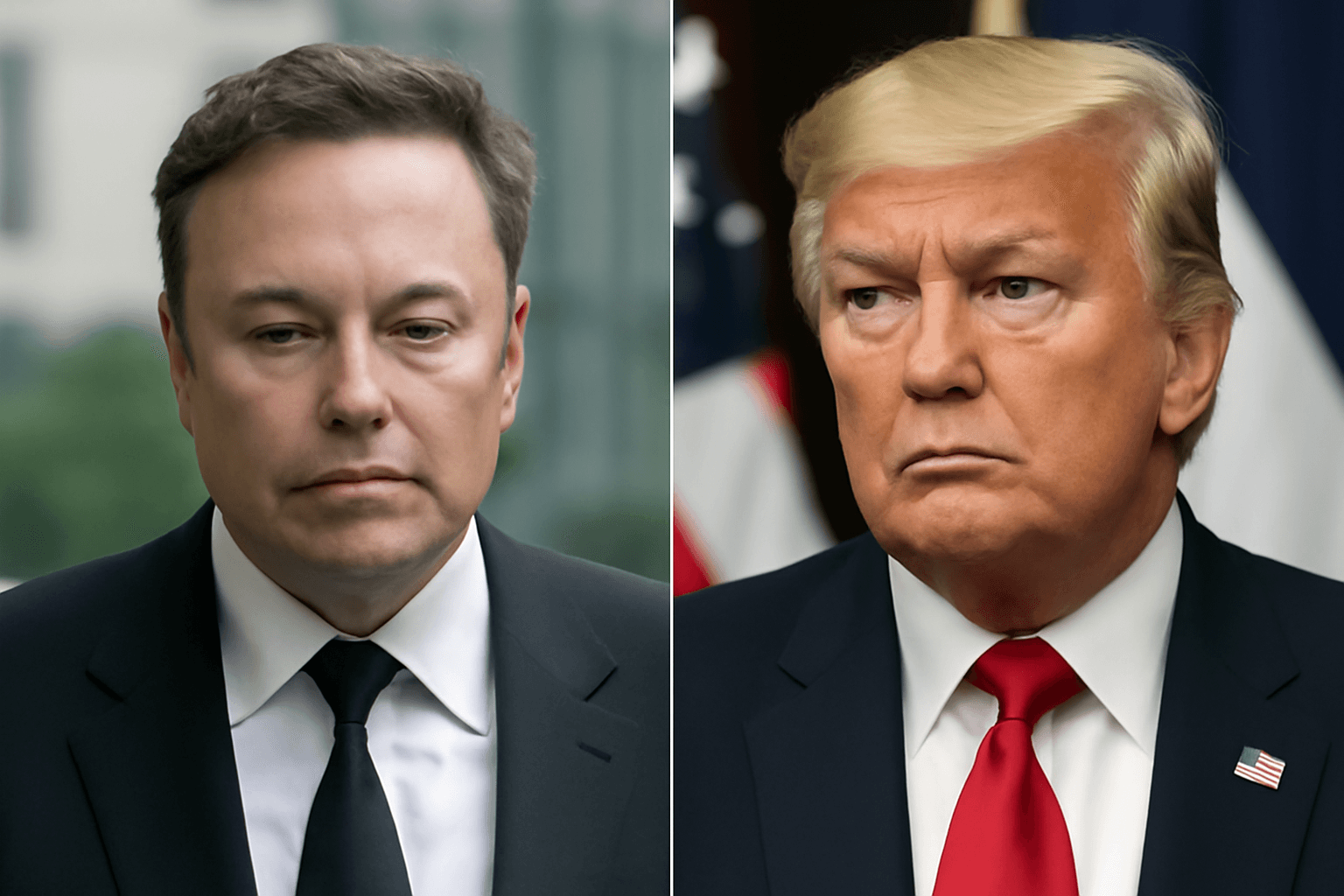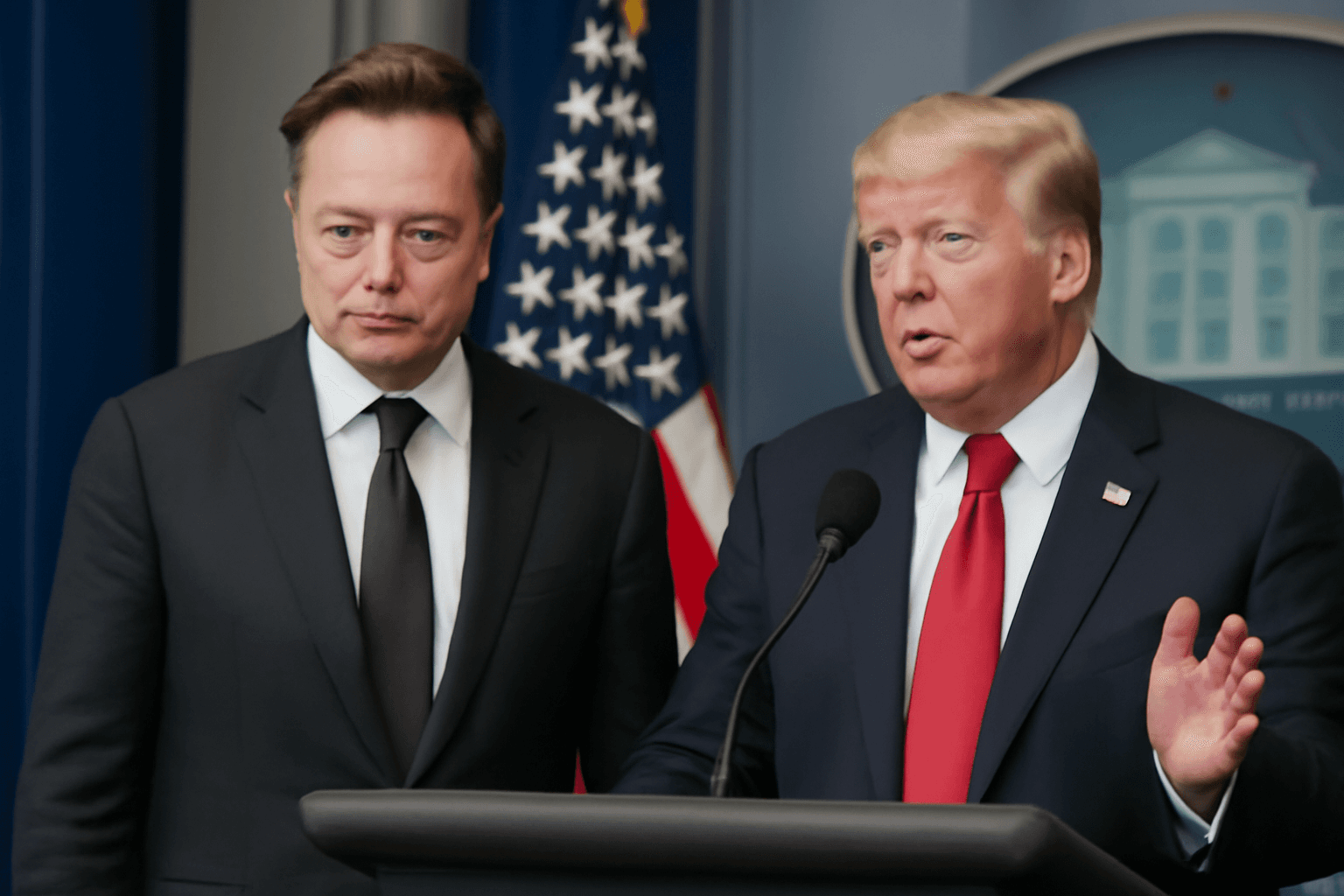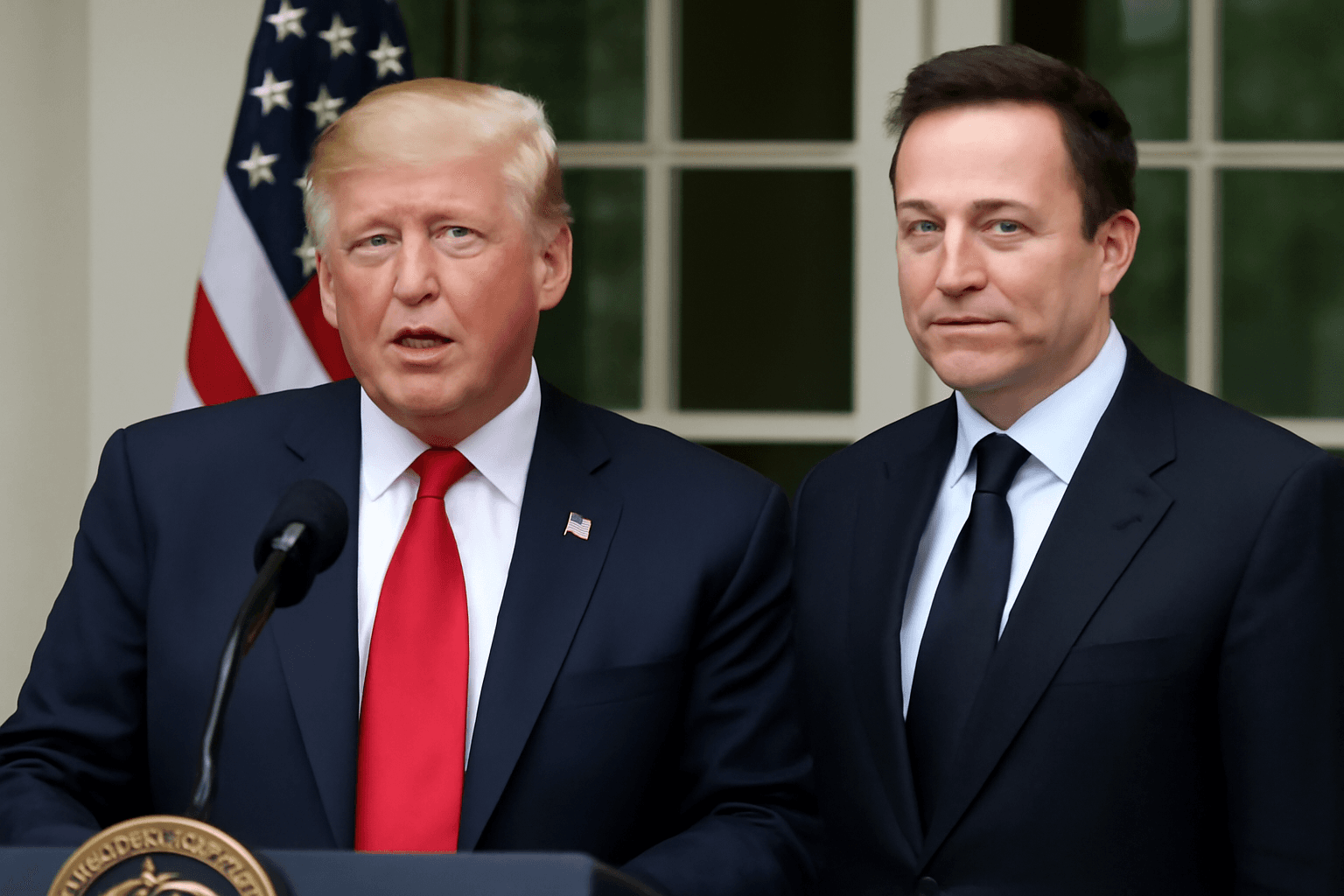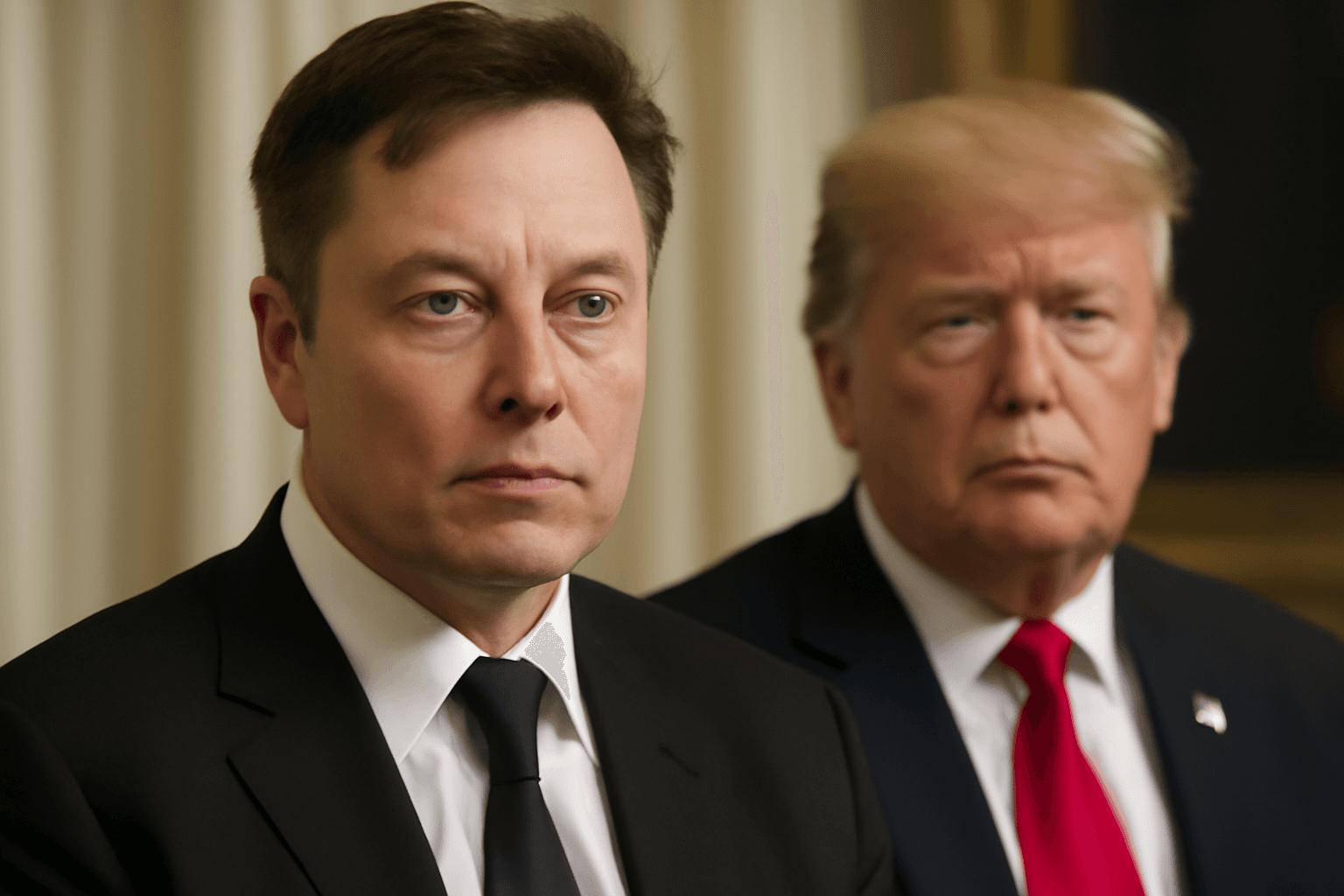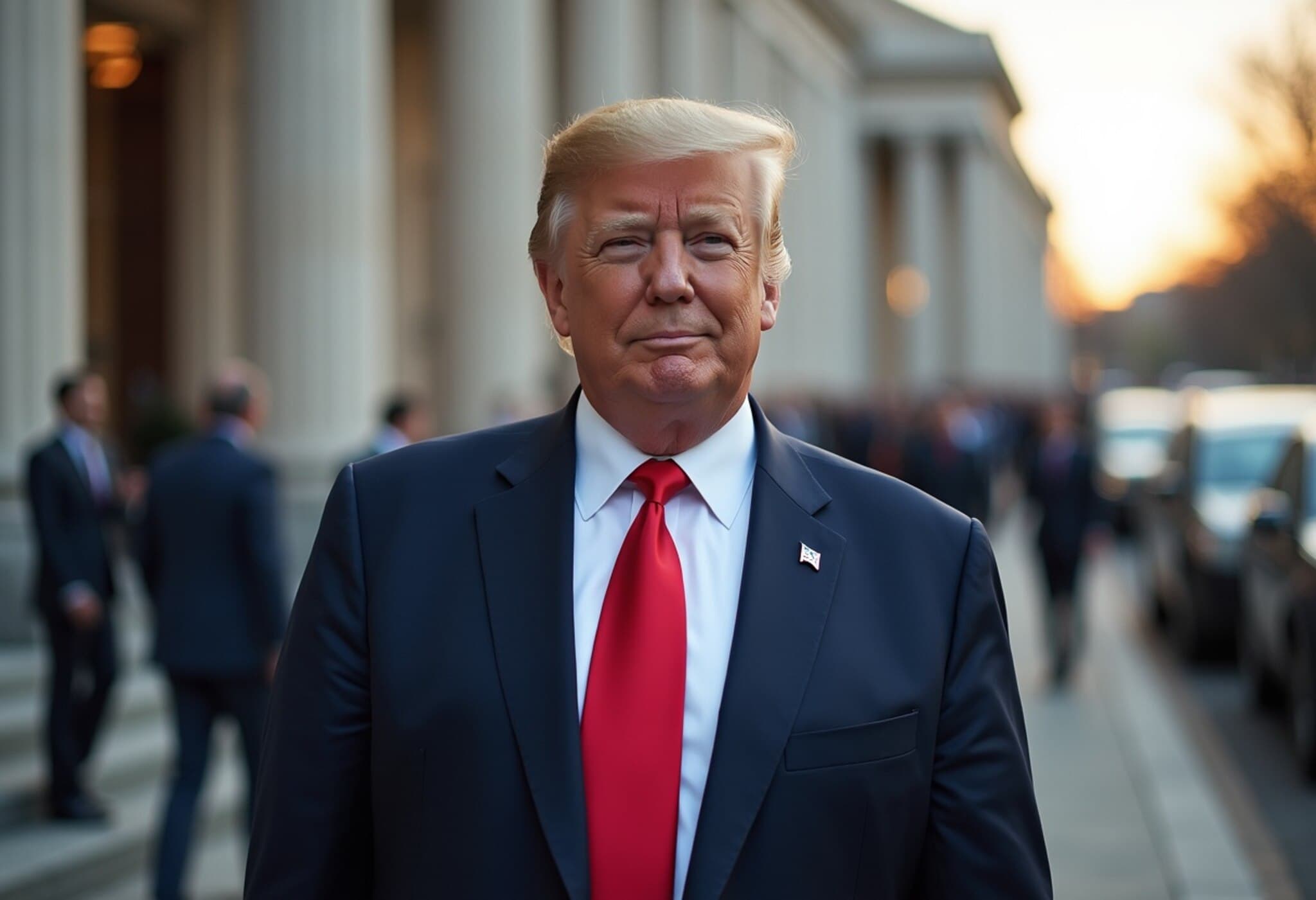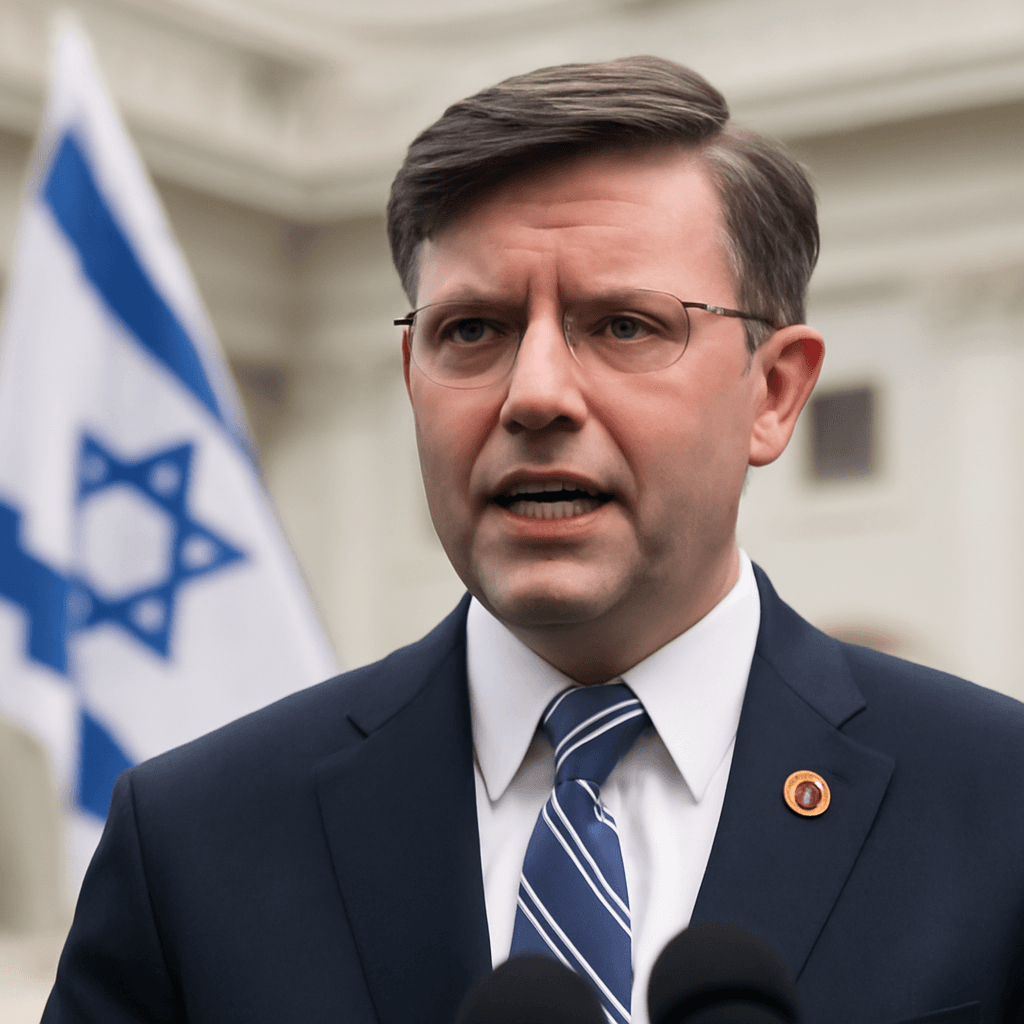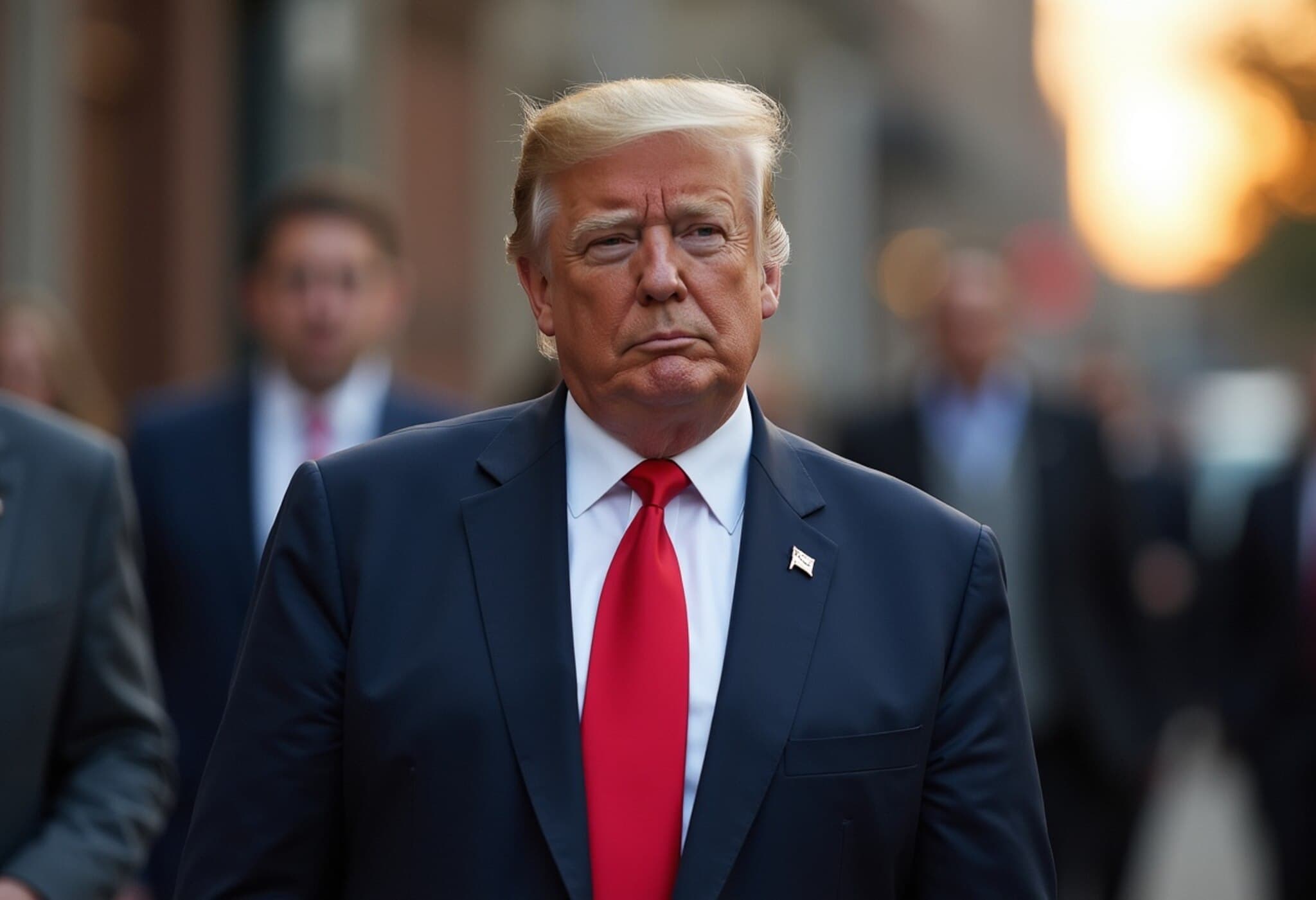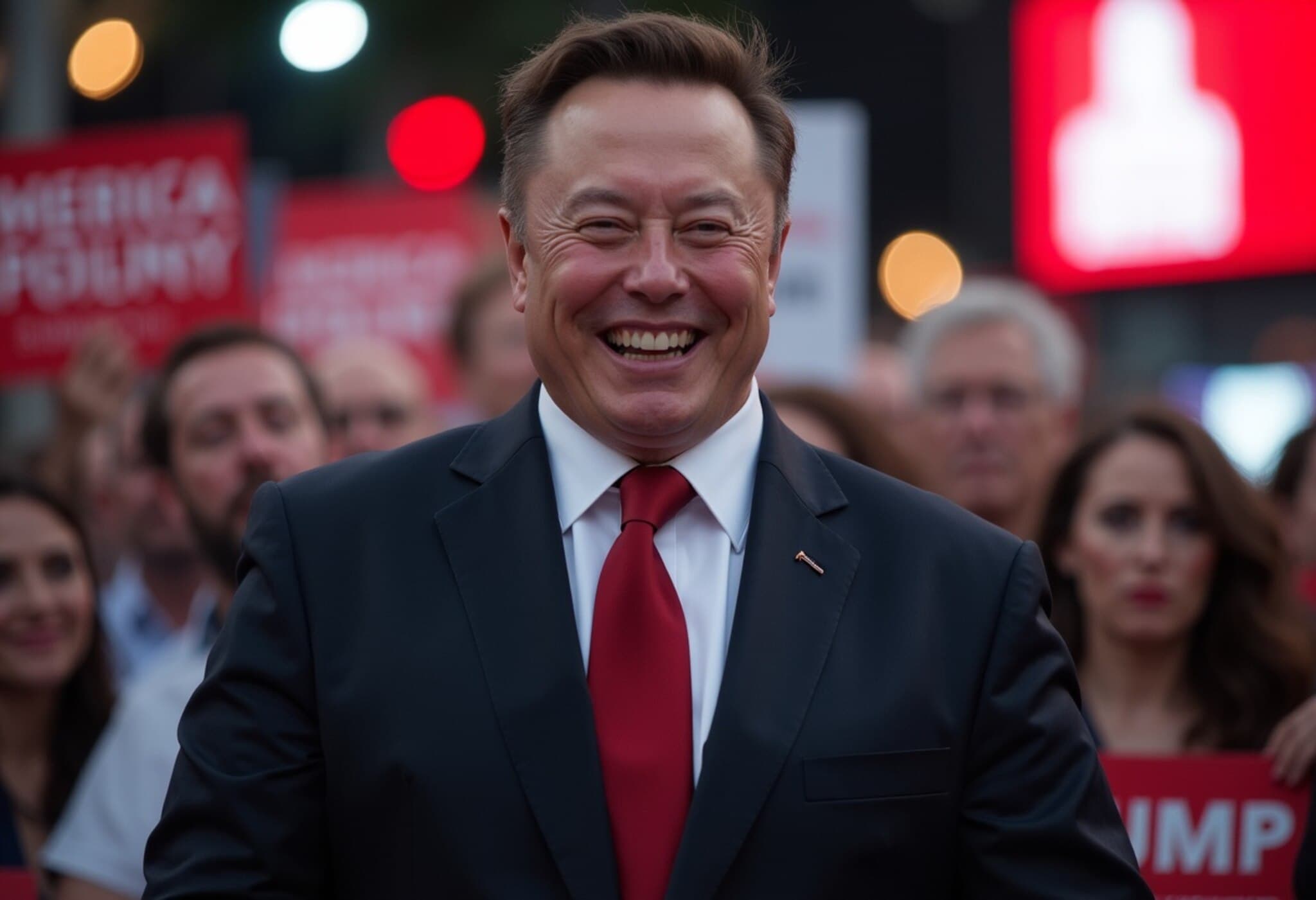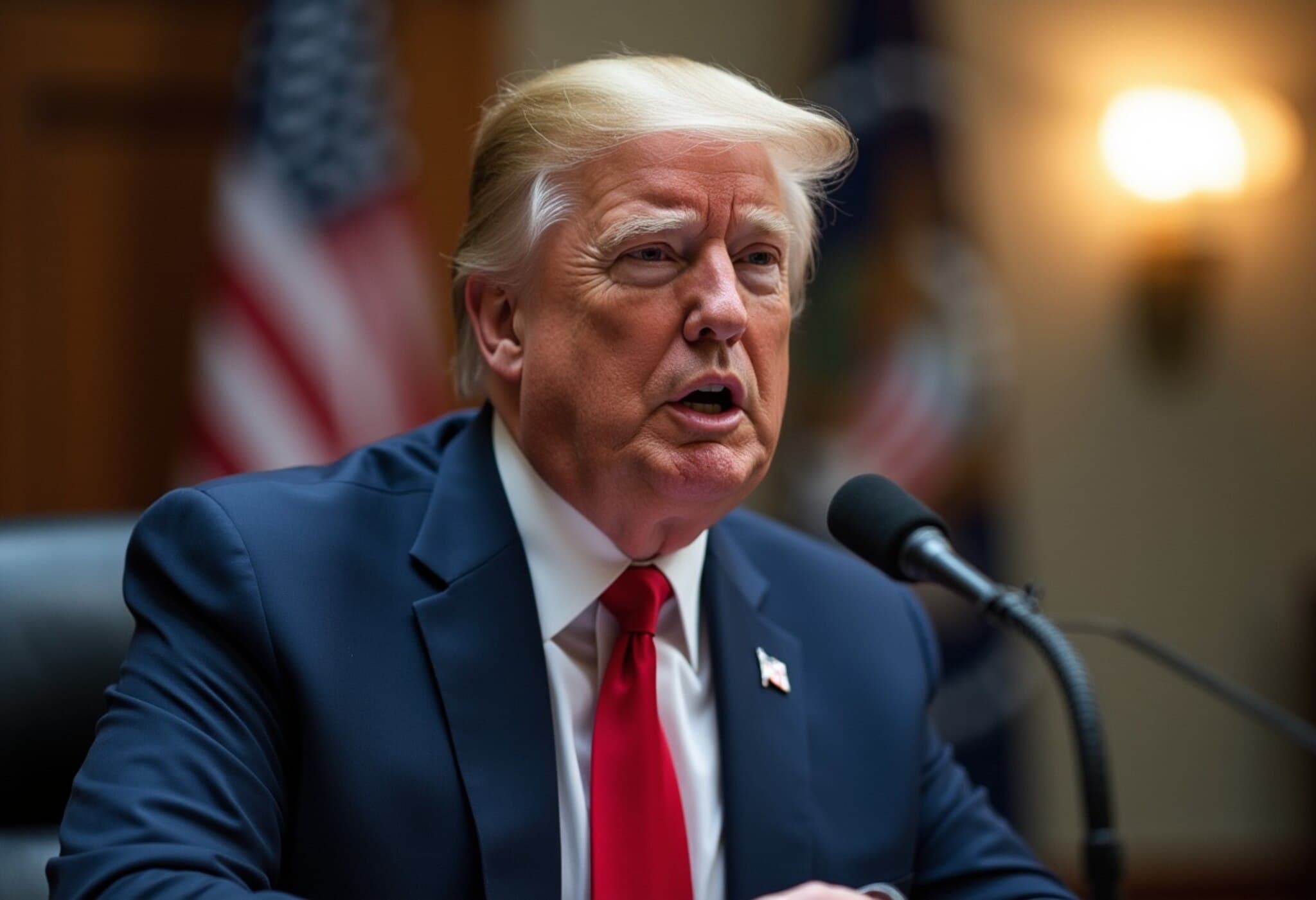US Supreme Court Approves Trump Administration’s Mass Federal Layoff Initiative
In a decisive ruling on Tuesday, the US Supreme Court lifted a lower court’s injunction, clearing the way for President Donald Trump’s administration to proceed with a broad-scale federal workforce reduction. This move, which is projected to result in thousands of layoffs across various government departments, underscores significant tensions surrounding the balance of executive power and public service operations.
Background: What is the “Reduction in Force”?
The term “Reduction in Force” (RIF) refers to the planned series of layoffs initiated through an executive order that President Trump signed in February 2025. The directive instructs multiple federal agencies to shrink their staffing rosters, targeting departments including Agriculture, Commerce, Health and Human Services, State, Treasury, and Veterans Affairs among others.
This executive action represents a major policy fluctuation with wide-reaching implications for federal workers and government operations. Supporters argue that the measure is a necessary step to streamline the federal government, improve efficiency, and reduce expenditures. Opponents, however, warn that such sweeping downsizing could undermine essential public services and morale within federal agencies.
The Supreme Court’s Decision and Its Significance
The Supreme Court’s order was notably succinct and unsigned, but carried a clear message: the Trump administration is “likely to succeed” in its legal position that the executive order is lawful and within presidential authority.
- The ruling passed with an 8-1 majority, with Justice Ketanji Brown Jackson dissenting.
- It overturned a preliminary injunction issued by US District Judge Susan Illston in San Francisco, who had paused the layoffs on grounds that the president exceeded his authority without consulting Congress.
Legal experts note this marks a clear sign of the Supreme Court’s continued willingness to uphold expansive executive powers, especially regarding administrative governance and budgeting prerogatives. Since returning to power in January, the court has expedited rulings favoring Trump’s policies, including immigration reform and regulatory rollbacks.
Implications for Federal Workforce and Public Services
The mass layoffs could affect tens of thousands of employees within critical government sectors. Federal unions and worker advocacy groups have expressed deep concerns about the sudden upheaval and potential loss of experienced personnel, which could disrupt ongoing programs and impact public welfare.
Moreover, the decision reignites debate over executive authority limits, particularly regarding unilateral moves that bypass legislative oversight. Congress traditionally holds the power over federal employment budgets, and critics warn this ruling may set a precedent weakening congressional checks.
White House Response
White House spokesperson Harrison Fields celebrated the court ruling as a “definitive victory” for the administration’s vision of efficient governance. He emphasized that the measure aligns with the president’s broader agenda to recalibrate government size without compromising mission-critical functions.
Looking Ahead: What to Watch
While the Supreme Court has allowed the layoffs to proceed, it has not settled any disputes concerning the specifics of which employees or units will be targeted. Legal challenges and political critiques are expected to continue as implementation unfolds.
For stakeholders, the key focal points will be:
- The scope and scale of actual workforce reductions.
- Impact on government services, especially in healthcare, veterans’ affairs, and regulatory oversight.
- Potential legislative responses from Congress to safeguard federal employment protections.
- Judicial scrutiny of the administration’s methods and adherence to established employment laws.
Expert Insight: A Turning Point in Executive Power Dynamics
From a policy analysis perspective, this Supreme Court decision represents more than just a labor management issue — it highlights a pivotal moment in the ongoing recalibration of the US federal government’s power structure. Experts caution that while efficiency is essential, the erosion of legislative checks on executive actions could blur accountability and transparency in public administration.
Furthermore, the decision underscores the importance of robust dialogue between branches of government to balance fiscal responsibility with workforce stability and public service quality.
Editor’s Note
The Supreme Court’s endorsement of the Trump administration’s mass federal layoffs opens a new chapter in debates over executive authority and federal workforce management. As thousands of government employees face uncertain futures, questions about the long-term effects on public programs and democratic oversight loom large. Readers should stay informed about evolving policy decisions and consider the broader implications of expanding executive powers on American governance.

